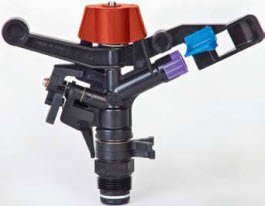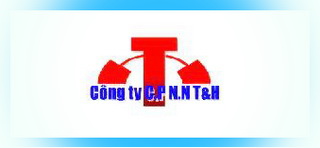Dairy Experts
Managing Cattle Feed Costs

During the five-year period between 2004 and 2008, the KFMA monitored 104 herds with an average of 121 cows. Calves from all herds were sold directly off of the cow. During this five-year period, purchased feed accounted for 65 percent of the total variable costs for the enterprise. How a producer manages this one input will have significant impact on the profitability of their beef cow herd.
From the middle of June 2010 to the middle of June 2011, the price of corn more than doubled. During the same period, soybean prices increased nearly 50 percent. The result of these price changes has influenced the cost of cow feed in a similar magnitude. When the impacts of drought and reduced hay supplies are also considered, it paints a bleak picture for cow-calf producers. Therefore, it is necessary that cattlemen in all sectors of the industry pay close attention to how they manage purchased feed expense.
 If a producer is fortunate enough to only need to consider protein supplement for the cow herd, then calculating their alternatives based on protein cost is appropriate. A list of potential feeds might include: cotton seed cake, whole cotton seed, range cubes, dried distillers grains, corn gluten feed, alfalfa hay and maybe others. Some of these products will require special storage or handling, making them logistically unusable for some producers. Each producer will need to develop a list based on their individual constraints.
If a producer is fortunate enough to only need to consider protein supplement for the cow herd, then calculating their alternatives based on protein cost is appropriate. A list of potential feeds might include: cotton seed cake, whole cotton seed, range cubes, dried distillers grains, corn gluten feed, alfalfa hay and maybe others. Some of these products will require special storage or handling, making them logistically unusable for some producers. Each producer will need to develop a list based on their individual constraints.How should a producer evaluate the options? Many will consider the price per ton of the product and go with the lowest price, which is typically not the most economical choice. Since most natural source proteins are equally usable by cows, then price per pound of protein is a good method to determine the best buy. This assumption is not appropriate for feeds that contain non-protein nitrogen or lower digestibility natural proteins.
To compare the price per pound of protein between products requires two numbers – the percent protein of the product and its price per ton. The total pounds of protein per ton are calculated by multiplying the percent protein of the product by the 2,000 pounds in a ton. If alfalfa is 20 percent crude protein (CP), then there are 0.20 x 2,000 = 400 pounds of CP in a ton of alfalfa. If alfalfa hay is priced at $180 per ton, the cost per pound of protein would be 45 cents (180 ÷ 400). If 38 percent cotton seed cake was priced at $320 per ton, then which is most economical? The protein in cotton seed cake would cost 42 cents per pound making it the best buy (320 ÷ (0.38 x 2000)). These calculations work well for comparing feedstuffs that are similar in dry matter content. An additional step is required to compare high moisture products such as liquid feeds and tubs. Each producer will need to research these numbers for the products that are available to them.
Hay purchases should also be based on a cost per pound of nutrient. However, in addition to the cost of protein, total digestible nutrients (TDN) should be considered. Protein and TDN content can be determined from an analysis completed on a forage sample. The Noble Foundation can analyze these samples. When purchasing hay, it is very important to know the analysis and weight of the bales to make prudent purchasing decisions.
Knowing this information about your protein source and hay source will be very beneficial in managing your feed costs. In addition, having this information will help a Noble Foundation livestock consultant do a better job of recommending the correct diet for your cattle.
Source: Dan Childs
Source: pakagri.blogspot.com
User Comments
Other article






















